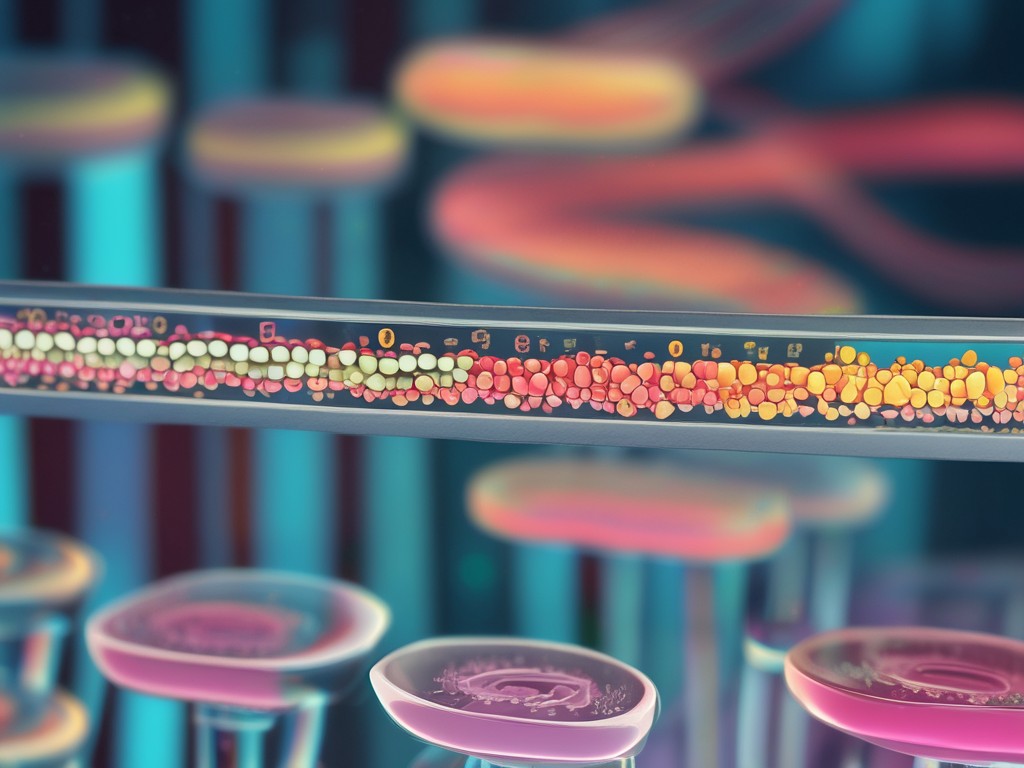Morghan Lucas from the Medical Genetics Center in Germany presented at London Calling 2024 on “Genetic and epigenetic profiling of FSHD by nanopore sequencing.” Facioscapulohumeral muscular dystrophy (FSHD) is a genetic muscle disease affecting the muscles of the face, shoulders, and upper/lower limbs, Lucas explained. It is the third most common muscular dystrophy: 1:20,000. The age of onset is typically 20s-30s. It is mediated by the de-repression of the silenced DUX4 gene within a region of tandemly repeating units. The pathomechanism is complex: FSHD2 accounts for 5% of cases. Lucas and the research team asked: could nanopore sequencing offer an all-in-one workflow for FSHD1/2 analysis? They used a targeted approach with CRISPR/Cas9 cutting proximal to the region. They published a multigenerational family with FSHD, which progressively worsens with each generation! A group in China did a similar analysis on another family and determined epigenetic differences were present. Thus, Lucas and team used nanopore sequencing to resolve allele- and repeat-specific methylation. Another female patient was sequenced, and the team identified a hybrid allele… but it may not be FSHD! This is an interesting disease, and nanopore sequencing seems to help unravel some complex phenotypes.



